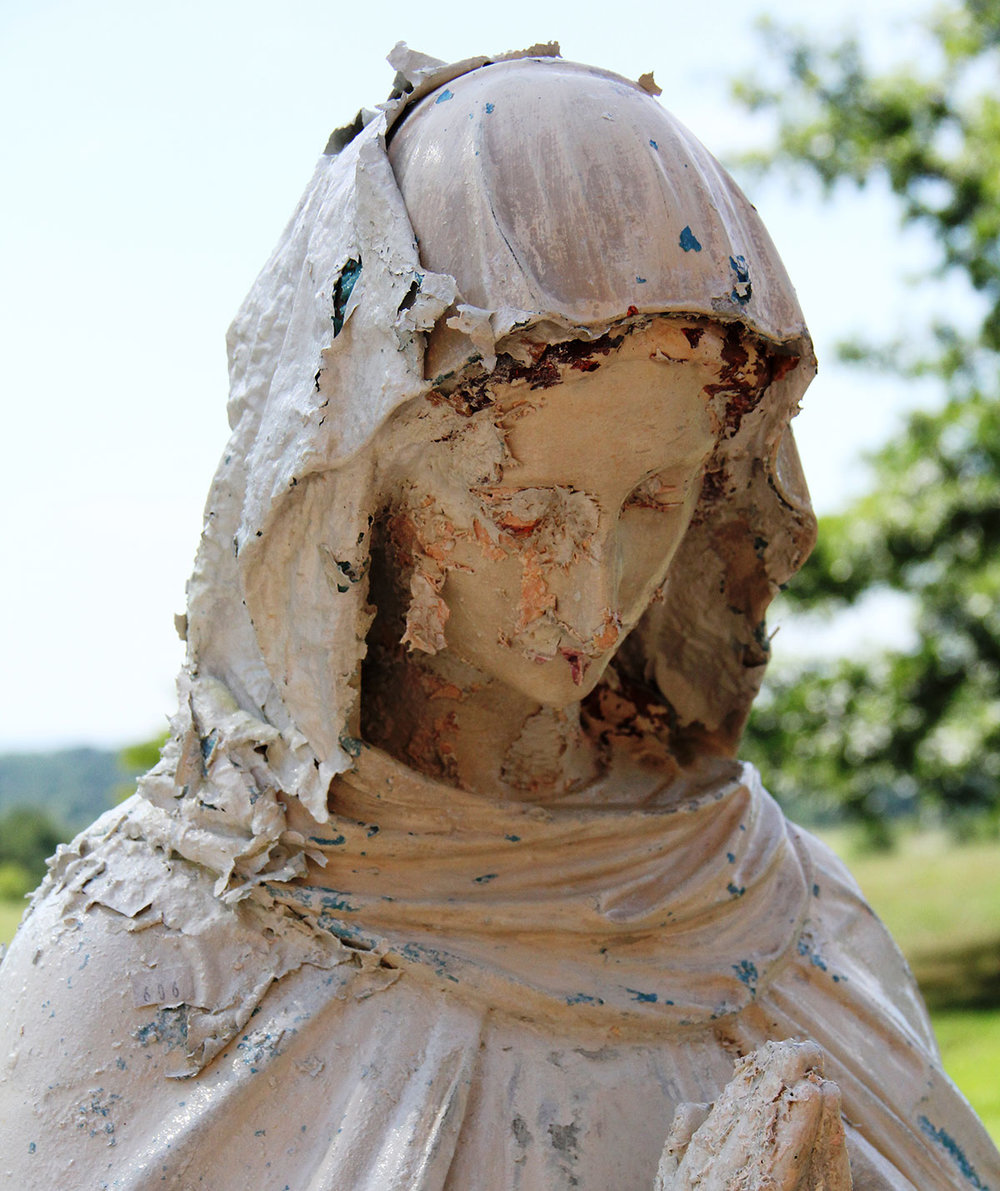Degradation and Signs You Should Consider Protecting Your Art
Art comes in all different shapes and sizes. With this comes a variety of practices for keeping your art safe and protected from the elements. If you don’t know what to look for as signs of degradation, the art could become compromised without even knowing. Here is some classic evidence of degradation and signs you should have a professional look into protection:

Paintings
Loss of gloss or color. Chalkiness or peeling. Oftentimes, UV light or a smoky environment can change your piece over time.
Sculpture
Glue discoloration, or paint degradation. Corrosion in metal, sometimes resulting in patina. Decomposition of materials due to climate, odors.
Fiber Arts
A fibers’ color can change due to the dye and age, but sometimes it also changes due to sun and climate. Texture of fibers changing. Crusty, crunchy, or breaking of fibers. Decomposition.
Paper Mediums
Acids and acidic materials (ex. Cardboard) can cause pieces to deteriorate. Discoloration, reddish brown spots. Mold or musty smell. Flaking, crumbling, or breaking of paper fibers.
When considering if your piece is safe from degradation or not, it may be worth considering its options. If you would like to find restoration, look into transportation services and art handlers, like our sister company, Artserve, to transport. Similar to the services we offer at A2, valuable art work requires professional handlers with expertise to handle with the upmost care. Here are some questions you should ask yourself:
Where will your valuable work end up after you’ve successfully restored or protected your work?
How will you ensure its safety after it has found its resting spot?
Storage is a very good option! Temporary storage or not, art storage facilities typically have climate/humidity control and other amenities that will ensure the longevity of life for whatever your piece needs.
If your piece returns home, and you are worried about the conditions your home provides for the piece, consider the aforementioned signs and contact your art handlers for further steps to be taken.

